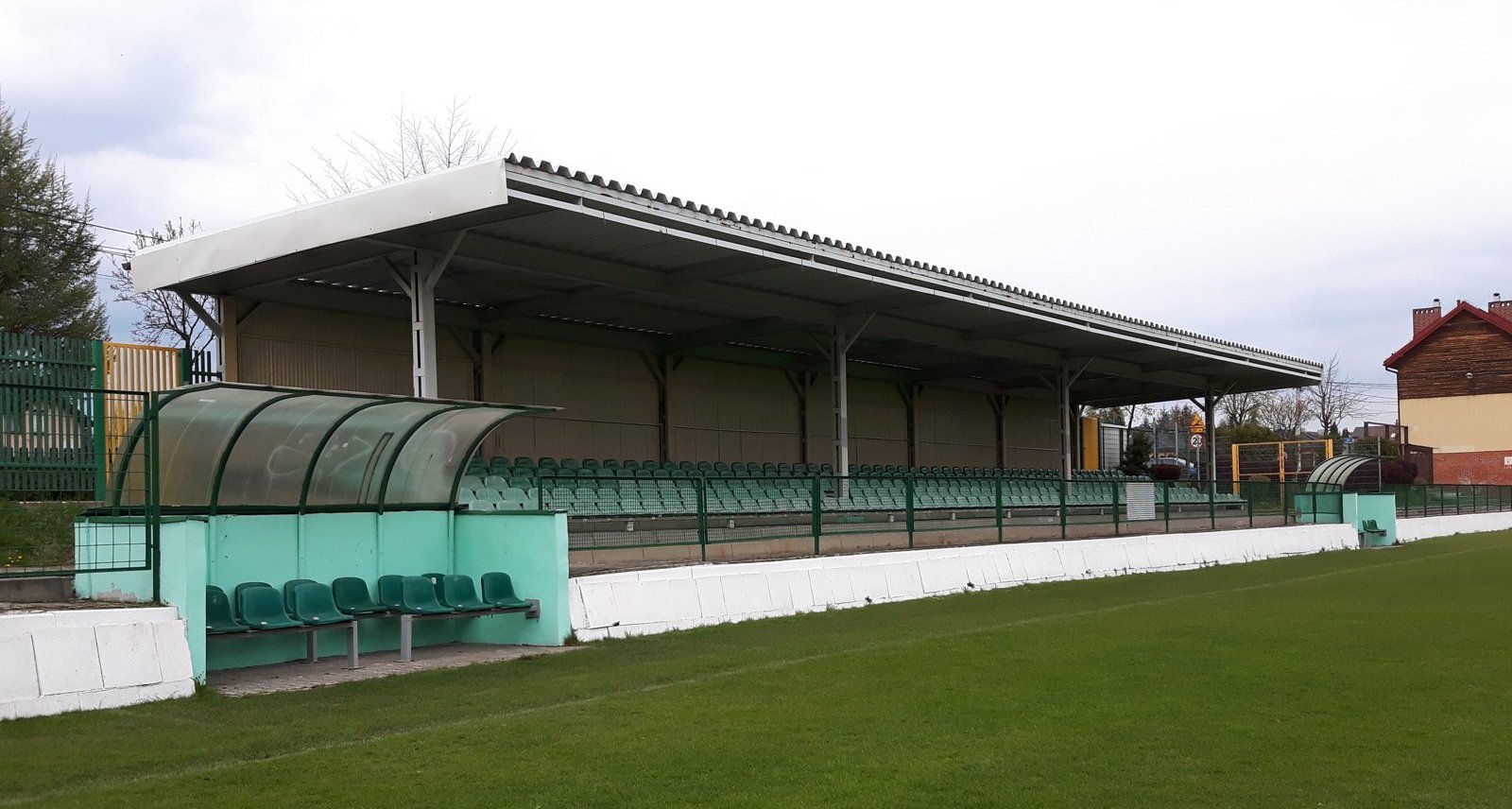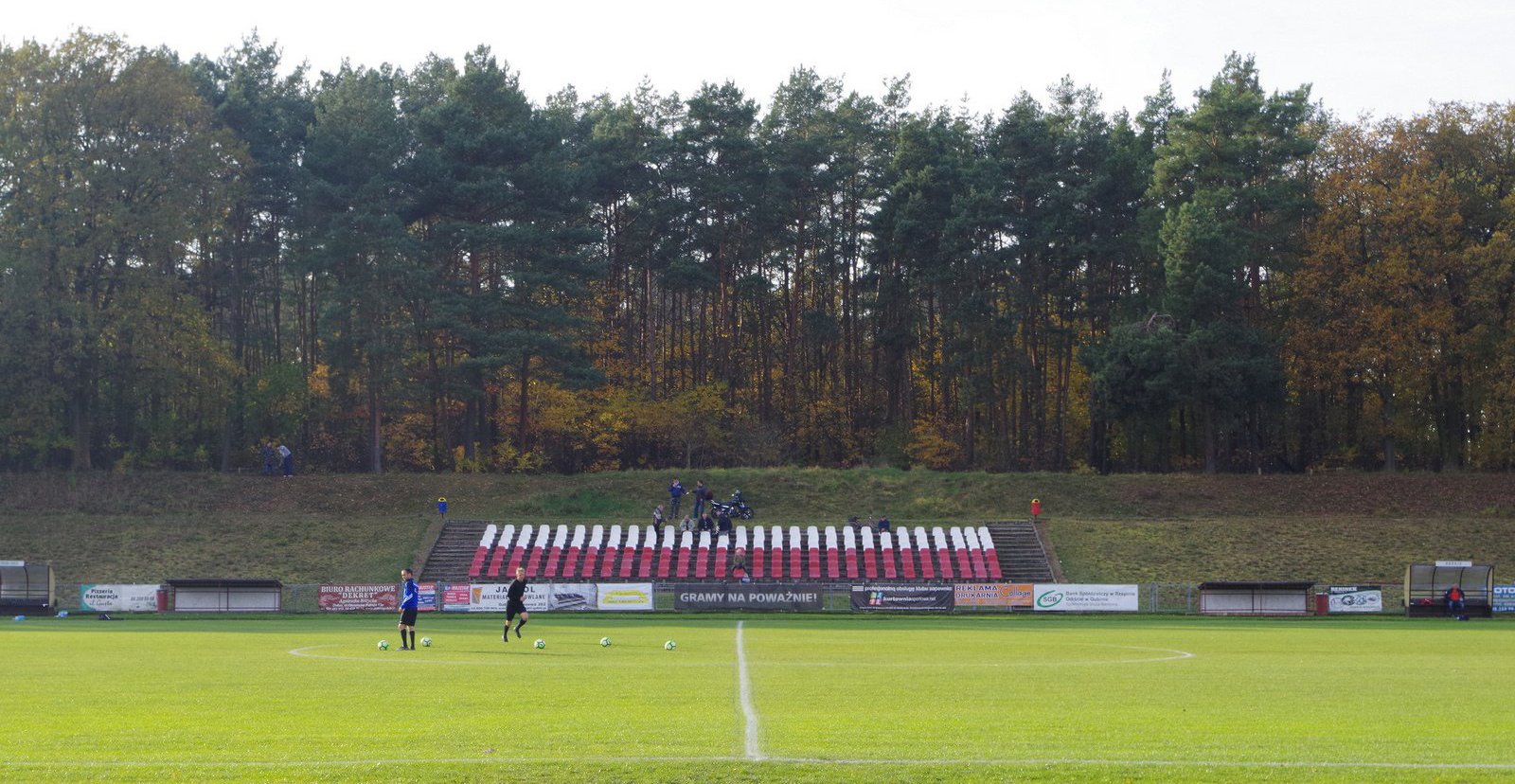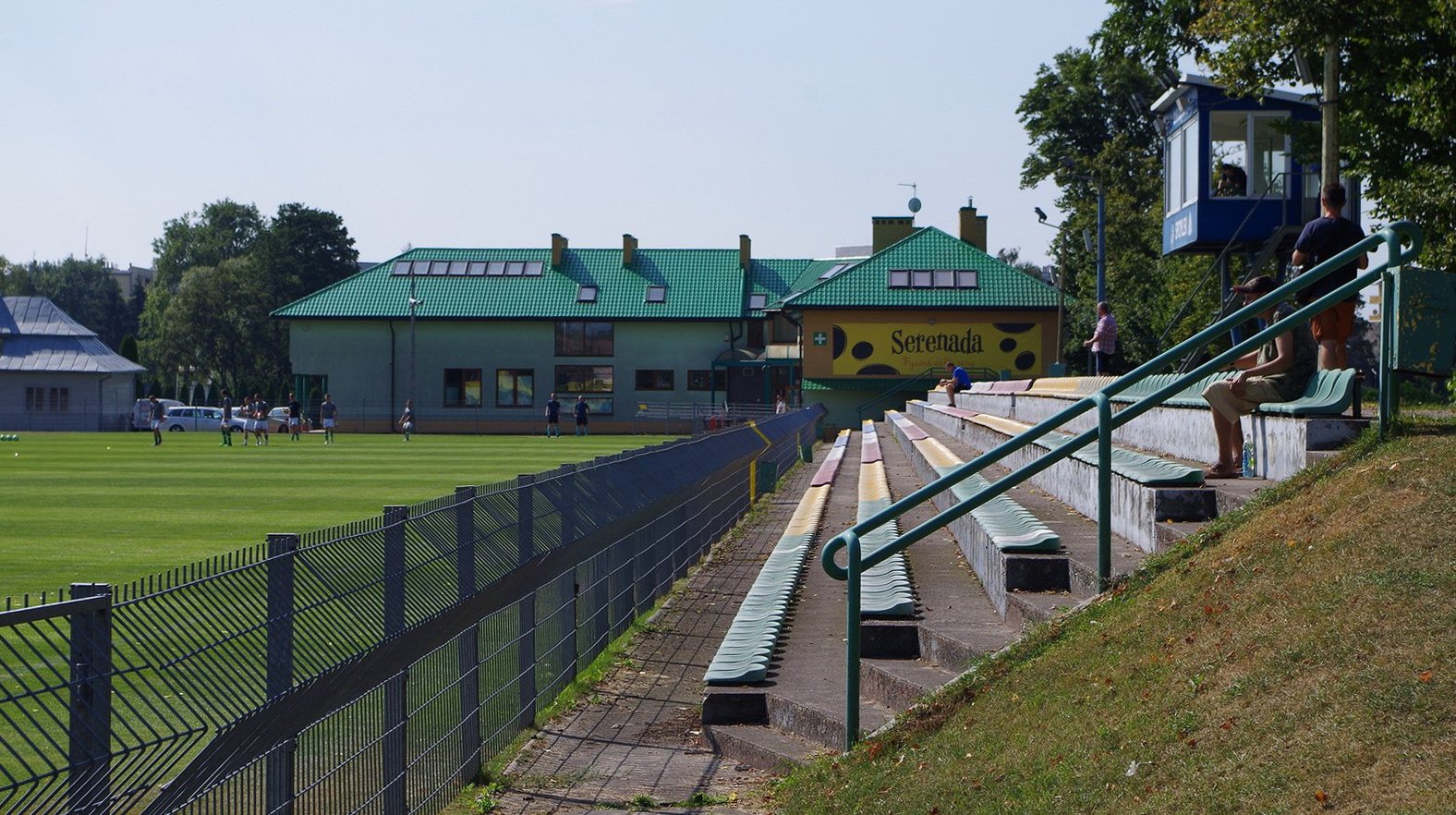New stadiums: Three from Poland to honour May 3
source: StadiumDB.com; author: michał
 Since we run the same website in two languages, you get the chance to celebrate with us the 227th anniversary of Poland's first constitution. Which we decided to commemorate by adding three stadiums, as in May 3.
Since we run the same website in two languages, you get the chance to celebrate with us the 227th anniversary of Poland's first constitution. Which we decided to commemorate by adding three stadiums, as in May 3.
Advertisement
There aren't many Polish national holidays which are associated with pride and no martyrology. This is one of them, May 3 is the anniversary of Poland's first constitution, commonly regarded as the second modern constitution after the US one. We're in no position to do anything equally impressive, so we decided to go the other way and add three modest, but really interesting stadiums, each in its own sense.
Stadion Miejski, Gubin
Hidden from the eye of passers-by, the largest stadium in Gubin is located north of the town proper, surrounded by high trees. Its history dates back to the Nazi Germany days, when Guben was a completely German town.
It's under the reign of Adolf Hitler that a massive stadium was awarded to Guben, able to hold more people than the entire population, approximately 25,000. On top of the stands a memorial to German soldiers slayed in WWI was created, later removed.
The proud stadium hosted not only sporting events, but also Hitlerjugend training sessions or NSDAP rallies. During one of them Hitler was supposedly expected to turn up, but his presence was never confirmed.
After WWII the town was divided into two and the stadium landed in Gubin, on the Polish side. It lies just over 100 meters from the boarder at nearest point. Demand for such a large stadium wasn't there anymore, it wouldn't even exist if the stadium remained in Germany.
It thus fell into gradual disrepair and eventually most of the landfill terracing was removed, even if the landfill itself exists as a great memory of the stadium's original scale. Only minor sections of benching and seats were created near the centre of the field, though many spectators still choose to stand atop the stands, from which the view seems better.
Over the years several clubs in Gubin played their games here, including the likes of Gubinianka, Granica and, most recently, Carina.
Stadion Miejski, Radzyń Podlaski
Almost from the beginning of football in Radzyń Podlaski games were held at the meadows in the Rabsztyn district, where in 1932 the very first municipal stadium was built. Initially with a running track, wooden grandstand and a swimming pool beside it, the stadium is now almost completely different. The single only element of the old structures is the historic gateway pavilion in the south, where currently a small museum is located.
During WWII, for a brief period, the stadium was only available for use of Nazi soldiers, but after interventions Polish citizens were allowed back in. Once the war ended, major overhaul followed. In 1948 the old wooden grandstand was replaced by a new concrete one, existing after upgrades to this day along the west side.
Afterwards only secondary changes were made until 2000, when local dairy cooperative began strongly supporting the local football team. Seats were installed in the west, accompanied by a small eastern covered press section. Then in 2005 the modern club offices and a cafeteria were added in the south-western corner.
Currently the stadium has two training fields directly next to it. One of them, along the west side, dates back to 1986, while the southern one replaced the old swimming pool already in the new millennium.
Stadion Podlesianki, Katowice
 © Bartłomiej Kopczyński
© Bartłomiej Kopczyński
Located in the very south of Katowice, near Mikołów, this cosy stadium is home to Podlesianka. It was built in 2005 as part of a larger leisure project, which includes a community centre (north corner), stage, synthetic training field and tennis courts. Spectators use a covered grandstand with 300 seats, while additional standing room is available. The away section provides 18 seats.
While the stadium in its current form is a relatively fresh one, Podlesianka is a team with long history, dating back to 1938. The team is still amateur, however this year they stand for promotion and one thing they can be really proud of is the community around them. Not that common in Poland, there are enough people these days to nearly fill their single stand. While 250 spectators is not something worth mentioning overall, in Poland's 6th league that's called a real home advantage!
Advertisement
 StadiumDB
StadiumDB ©
©  ©
©